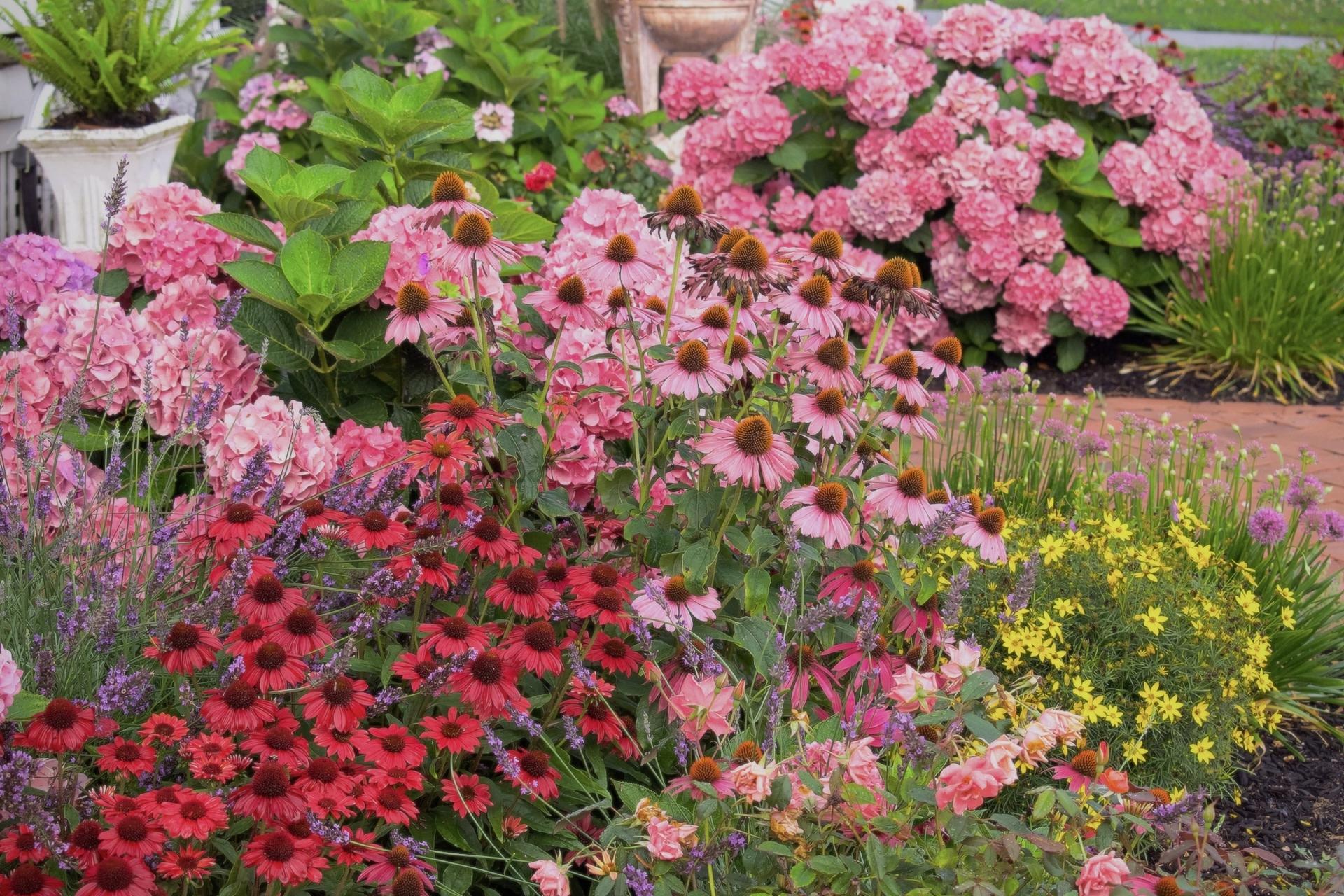A Reddit user's plea for help with restrictive lawn ordinances sparked a lively discussion about eco-friendly landscaping in suburban America.
The post, shared with the r/NativePlantGardening community, described a city ordinance requiring property owners to maintain at least two-thirds of their lawns under 12 inches tall or face a minimum $300 fine.
The user expressed frustration, asking: "What can I do? I'm trying to grow more flowerbeds and increase my vegetable garden, but my city's ordinances requires all real property owners to maintain at least 2/3 of their lawns at less than 12"."
This situation highlights a common scenario: mounting tension between homeowners seeking to create more sustainable, diverse landscapes and local regulations that prioritize traditional lawn aesthetics. Many HOAs and city ordinances across the country have prevented homeowners from making money-saving, eco-friendly updates to their properties, such as installing native plant lawns or adding rooftop solar panels.
These restrictions can have debilitating impacts on both homeowners and the environment.
For instance, traditional lawns often require more water, fertilizer, and maintenance than native plant gardens or vegetable plots. Limiting eco-friendly landscaping options increases water usage, contributes to chemical runoff, and reduces biodiversity in suburban areas.
Homeowners interested in more sustainable landscaping may need to work with their HOAs and local governments to update established rules. As one commenter suggested: "Pay attention to the wording of the ordinance to see how you can argue around it. Maybe you don't have a 'lawn' or maybe they used the word lawn without ever properly defining it."
Another user shared their experience navigating similar restrictions, by redefining a lawn as a garden bed: "That's how we have to do it in my city. We also have to register our lawn when it becomes no grass and submit the plans for approval. ... What's dumb is this whole neighborhood is situated on a wetland, so everyone races to fill their yards. I'm bringing in native cattails instead of more soil."
Creating a more sustainable yard doesn't have to be an all-or-nothing proposition. By starting small, working within existing rules, and advocating for change, homeowners can take steps toward a greener, more diverse landscape that benefits both their wallets and the planet.
Join our free newsletter for easy tips to save more and waste less, and don't miss this cool list of easy ways to help yourself while helping the planet.








